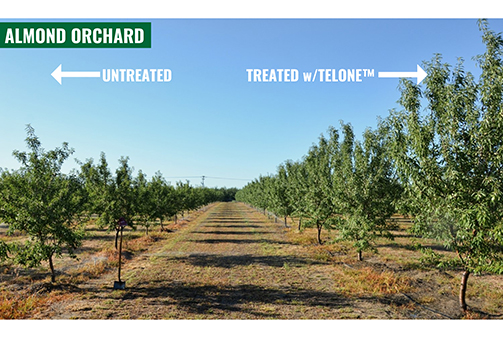Pest Of The Month: Bacterial Leaf Spot

Identification
Early symptoms of bacterial leaf spot are small, water-soaked spots on the outer leaves. As the lesions mature, they become brown to black and greasy looking. The lesions are typically bordered by leaf veins and angular in shape. In some instances, mature lesions on the underside of leaves may retain a water-soaked appearance. Lesions quickly turn black, which is diagnostic of this disease. If disease is severe, numerous lesions may coalesce, resulting in the collapse of the leaf. Older lesions dry up and become papery in texture, but retain the black color. Lesions rarely form on newly developing leaves.
Survival And Spread
As with most bacterial diseases, this disease is highly dependent on wet, cool conditions for infection and development. Symptoms develop only if rain or sprinkler irrigation is present. Splashing water moves the bacteria from plant to plant. Although the pathogen is seedborne, research in California indicates that most commercial seed used is relatively free of the pathogen. When transplants are used, the pathogen may become established on plants in the greenhouse. The bacterium can survive on lettuce residue and be spread to subsequent lettuce crops. It also has been found growing on weed plants, but the significance of this in disease development in lettuce is not known.
Management
Cultural methods are the primary means of controlling this disease. The use of disease-free seed is the first step in disease management. Seed should be treated with bleach or other disinfectant before pelletizing. Overhead irrigation should be avoided where possible.
Working in fields where plants are wet can spread the disease and should be avoided. Avoid planting back-to-back lettuce crops if the first crop had a confirmed outbreak of bacterial leaf spot and infected lettuce residue is present.
Copper sprays in the field applied for other diseases may provide some control of bacterial leaf spot, since most strains recovered to date are fairly sensitive to copper. To be most effective, copper fungicides must be applied before infection occurs.










